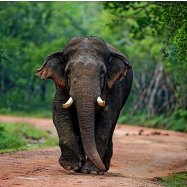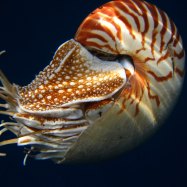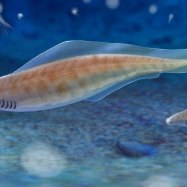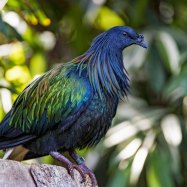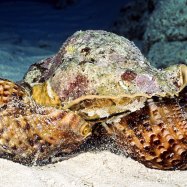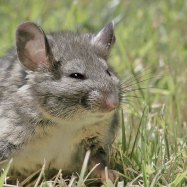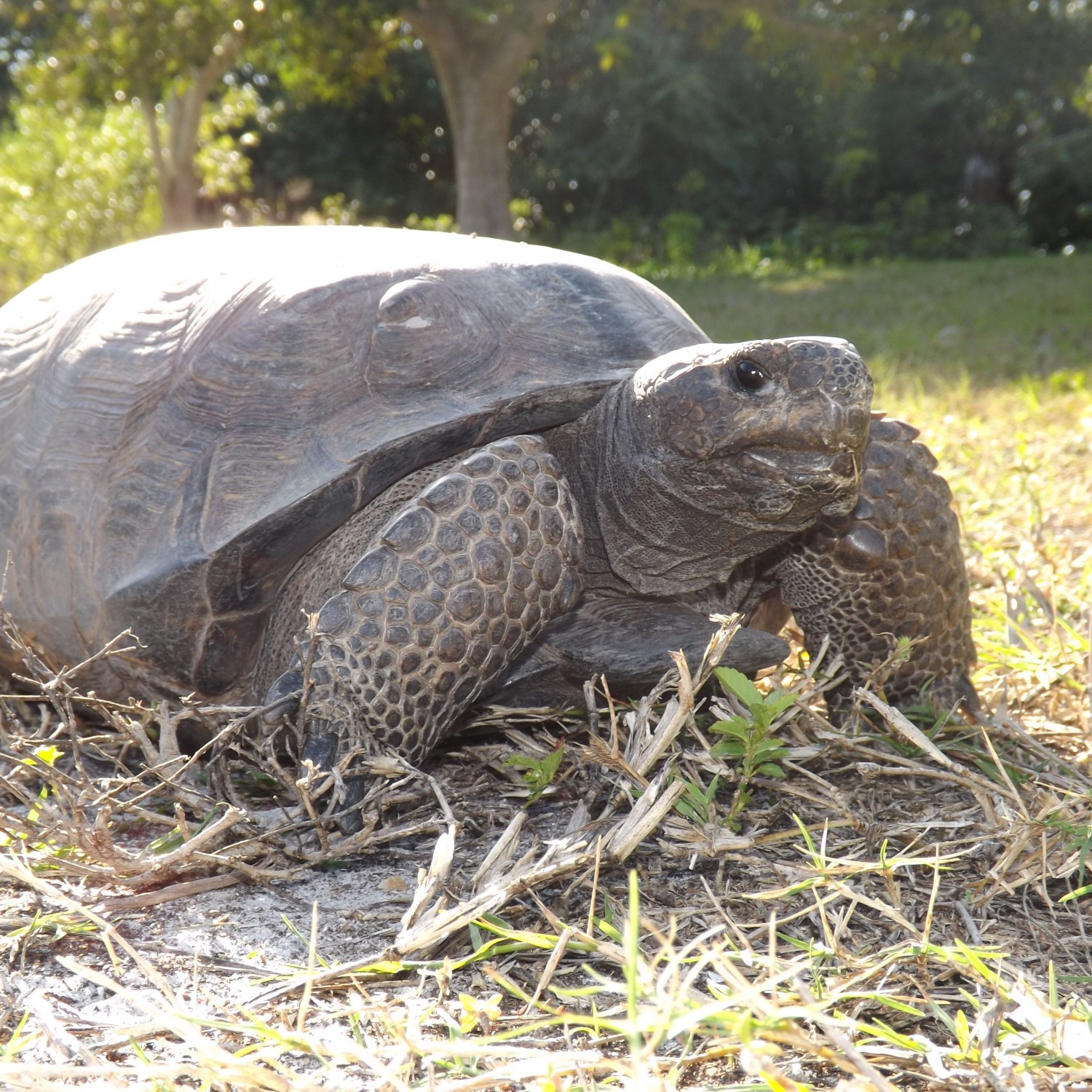
Gopher Tortoise
23-36 cm (9-14 inches) for males, 25-30 cm (10-12 inches) for females
Gopher Tortoises are resilient creatures found in the coastal regions of the southeastern United States. With a high-domed shell and stumpy limbs, these Testudinidae members grow up to 23-36 cm in length for males and 25-30 cm for females. They play a vital role in their ecosystem by creating burrows that provide shelter for other animals. #GopherTortoise # Testudinidae #CoastalRegions #Alabama #Mississippi #Louisiana #Florida #Georgia #SouthCarolina #EcologicalImpact
Animal Details Summary:
Common Name: Gopher Tortoise
Kingdom: Animalia
Habitat: Grasslands, Scrublands, Forests
Gopher Tortoise: The Ancient Architect of the Southeastern United States
The southeastern United States is home to an extraordinary reptile that has been roaming its grasslands, scrublands, and forests for millions of years. This remarkable species is known as the Gopher Tortoise, with its scientific name being Gopherus polyphemus. This shy and reclusive creature is not only a vital part of its native ecosystem but also an important cultural icon for the region. In this article, we will dive into the fascinating world of the Gopher Tortoise, learning about its habitat, behavior, and unique characteristics Gopher Tortoise.A Defining Figure in the Animal Kingdom
The Gopher Tortoise belongs to the Animalia kingdom, which is home to all living organisms aside from plants and bacteria. These reptiles are part of the Chordata phylum, a group that includes all vertebrates, from fish to mammals. Gopher Tortoises specifically are classified under the class Reptilia, meaning they are cold-blooded, have scales or scutes on their bodies, and lay eggs. Within the reptile class, these tortoises belong to the order Testudines, which is where turtles and tortoises are categorized.In the animal kingdom, family is an essential unit used to classify species. The Gopher Tortoise is part of the Testudinidae family, which includes over 60 species of tortoises around the world. Interestingly, this family is often referred to as the "land turtles" due to their terrestrial lifestyle as opposed to other turtle families that spend most of their time in the water.
An Insider Look at the Gopher Tortoise's Habitat
The geographical distribution of the Gopher Tortoise centers around the southeastern United States, particularly in the coastal regions of Alabama, Mississippi, Louisiana, Florida, Georgia, and South Carolina. Their habitat encompasses various types of land, including grasslands, scrublands, and forests Great Danoodle. Gopher Tortoises are mainly found in sandy areas near dunes, wetlands, and pine forests.One unique feature of the Gopher Tortoise habitat is the burrows they create. These burrows serve as their shelter and can also provide a home for other species such as burrowing owls, snakes, rabbits, and more. These burrows can be up to 40 feet in length and 10 feet deep, and they play a significant role in the ecosystem as they aerate the soil and provide refuge for other animals during harsh weather conditions.
A Herbivorous Diet: A Key to Survival
As herbivores, Gopher Tortoises primarily feed on plants, including grasses, legumes, and fruits. They are known to have a varied diet and will consume over 300 species of plants. Their diet plays a crucial role in the dispersal of seeds and helps maintain a healthy balance in the ecosystem.Interestingly, Gopher Tortoises have a unique adaptation that allows them to digest the tough fibrous plant materials they consume. They have a large, muscular stomach and a long digestive tract, which helps them break down their food.
Unravelling the Mysteries of Gopher Tortoise Reproduction
During the early spring, Gopher Tortoises embark on their mating season, where males will compete for females by ramming their shells against each other. The female will then dig a nest and lay clutches of 4-9 eggs, which will hatch and begin their journey in late summer or early fall. The sex of the hatchlings is determined by temperature, with cooler temperatures producing males and warmer temperatures producing females.As with most reptiles, Gopher Tortoises have a long lifespan, with some living up to 60 years in captivity. In the wild, their lifespan is estimated to be around 40-60 years, making them one of the longest-living reptiles.
The Brown and Grey Architects of the Landscape
Gopher Tortoises have distinct physical characteristics that make them easily recognizable. These tortoises have high-domed shells, which offer protection against predators. Their shell typically measures between 23-36 cm (9-14 inches) for males and 25-30 cm (10-12 inches) for females. This protective shell is a combination of bone and keratin and is attached to their backbone and ribs, making it an essential part of their anatomy.Another unique feature of the Gopher Tortoise is its stumpy, elephant-like hind legs that are used for digging burrows. These muscular limbs, paired with their long and sharp front claws, allow them to excavate their underground homes with ease.
As for coloring, Gopher Tortoises have a brown or grey shell, giving them excellent camouflage against their environment. This coloring also helps them retain heat in colder months and regulate body temperature in hotter months.
A Native to the United States
Gopher Tortoises are native to the southeastern United States, making them a significant part of the region's culture and history. These creatures have been recognized as a keystone species by many Native American tribes, symbolizing longevity and wisdom. They have also been featured in folklore and as characters in many traditional stories.In modern times, the Gopher Tortoise has become a symbol for environmental conservation and preservation. Due to their critical role in their ecosystem, their protection is crucial for maintaining the balance of plant and animal life in the southeastern United States.
A Call for Conservation and Preservation
Despite their cultural and ecological significance, Gopher Tortoises face numerous threats and challenges, putting their survival at risk. The destruction and fragmentation of their habitat due to human development is a major threat, causing population decline and limiting their range. This loss of habitat also affects other species that rely on Gopher Tortoise burrows.Other threats include road mortality, predation by animals such as raccoons, dogs, and coyotes, and illegal collection for the pet trade. Conservation efforts have been put in place to help protect this species, including creating protected areas, implementing controlled burns to maintain suitable habitats, and enforcing laws against the illegal collection of Gopher Tortoises.
The Ancient Architect of the Southeastern United States
In conclusion, the Gopher Tortoise is an essential and fascinating part of the animal kingdom. As the only land-dwelling species in the Testudinidae family, these reptiles have adapted to thrive in the sandy soils and diverse habitats of the southeastern United States. Their role as ecosystem engineers, their unique physical characteristics, and their cultural significance make them an iconic and valuable species that must be protected and preserved for generations to come.

Gopher Tortoise
Animal Details Gopher Tortoise - Scientific Name: Gopherus polyphemus
- Category: Animals G
- Scientific Name: Gopherus polyphemus
- Common Name: Gopher Tortoise
- Kingdom: Animalia
- Phylum: Chordata
- Class: Reptilia
- Order: Testudines
- Family: Testudinidae
- Habitat: Grasslands, Scrublands, Forests
- Feeding Method: Herbivorous
- Geographical Distribution: Southeastern United States
- Country of Origin: United States
- Location: Coastal regions of Alabama, Mississippi, Louisiana, Florida, Georgia, South Carolina
- Animal Coloration: Brown or grey
- Body Shape: High domed shell with stumpy limbs
- Length: 23-36 cm (9-14 inches) for males, 25-30 cm (10-12 inches) for females
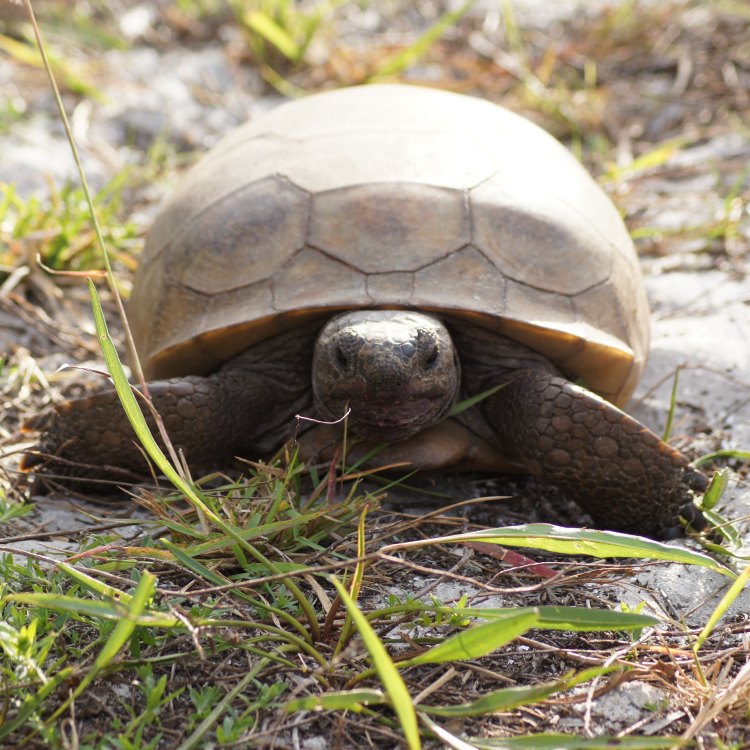
Gopher Tortoise
- Adult Size: 23-36 cm (9-14 inches) for males, 25-30 cm (10-12 inches) for females
- Average Lifespan: 40-60 years
- Reproduction: Sexual
- Reproductive Behavior: Mating occurs in spring, females lay eggs in burrows
- Sound or Call: They are generally quiet animals
- Migration Pattern: Non-migratory
- Social Groups: Usually solitary, but may share burrows with other tortoises
- Behavior: Inactive during cold weather, burrows provide protection from extreme temperatures
- Threats: Habitat loss, fragmentation, and degradation; predation; road mortality
- Conservation Status: Vulnerable
- Impact on Ecosystem: They create and maintain burrows that provide shelter for other species
- Human Use: Not used by humans for any specific purposes
- Distinctive Features: High-domed shell with strong, sturdy limbs
- Interesting Facts: Gopher Tortoises are considered a keystone species in their habitat
- Predator: Coyotes, foxes, raccoons, skunks, and dogs
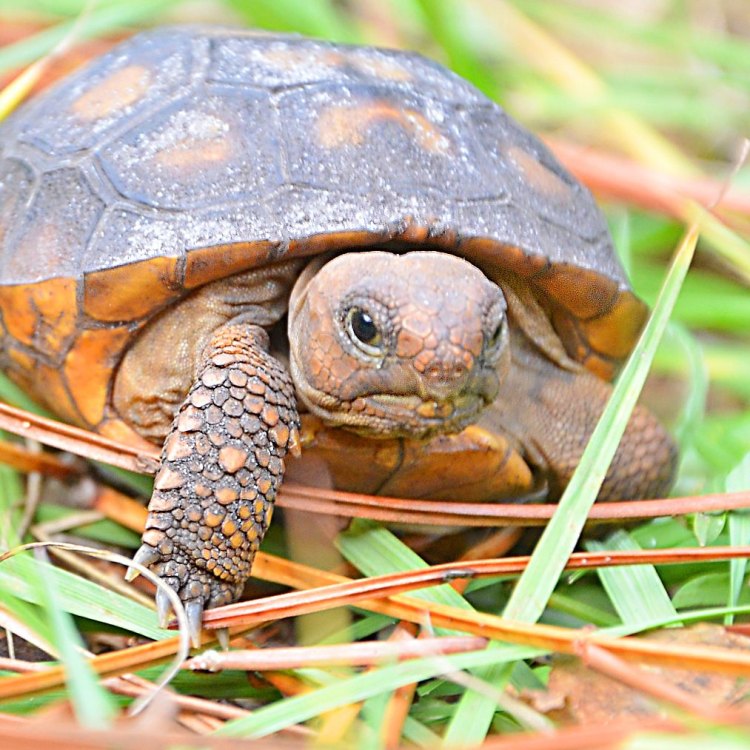
Gopherus polyphemus
The Fascinating Life of the Gopher Tortoise
The gopher tortoise (Gopherus polyphemus) is a remarkable species that has captured the attention and hearts of many due to its unique characteristics and vital role in its ecosystem. These slow-moving, high-domed reptiles are found in the southeastern United States and are the only tortoise native to the region. They have a fascinating life history, from their long lifespan to their important contribution to the environment.Size and Lifespan
Gopher tortoises are a medium-sized species, with males typically ranging from 23-36 cm (9-14 inches) in length and females ranging from 25-30 cm (10-12 inches) PeaceOfAnimals.Com. They have a sturdy, high-domed shell that serves as their main protection against predators. Despite their size, they are still capable of living up to 40-60 years in the wild, with some individuals living even longer in captivity.
Reproduction and Behavior
Gopher tortoises are sexually reproductive and mate in the spring. Males will engage in courtship behaviors such as head bobbing and circling around a female to impress her. Once a female is ready to lay eggs, she will dig a burrow and lay a clutch of 3-15 eggs. The eggs will incubate for around 80-100 days before hatching.
These tortoises are generally solitary animals, with individuals only coming together to mate. They are also known for their quiet nature, as they do not have a specific sound or call. They are most active during the warmer months, but during cold weather, they become inactive and retreat into their burrows for protection Greater Swiss Mountain Dog. These burrows are essential for their survival, as they provide shelter from extreme temperatures and predators.
Migration Pattern
Unlike other species of turtles, gopher tortoises are non-migratory. They stay in their home range, which can span up to a couple of acres. They have a strong homing instinct and will always return to their burrow, even if they are relocated to a new area.
Social Groups
Although gopher tortoises are typically solitary, they can coexist with other tortoises in their habitat. They may even share their burrows with other tortoises, providing a safe haven for multiple individuals. This social behavior is beneficial for the species as it allows them to conserve energy and resources.
Impact on Ecosystem
Gopher tortoises are considered a keystone species in their ecosystem, meaning they play a crucial role in maintaining the balance and health of their environment. Their burrows provide shelter for over 350 other species, including insects, reptiles, mammals, and birds. These burrows also serve as a source of water during dry periods, helping to prevent droughts in their habitat.
In addition, the gopher tortoise's diet consists mainly of low-growing plants, such as grasses and herbs, which helps to control vegetation and promote plant diversity. They also aid in seed dispersal and nutrient cycling through their diet and movement.
Threats and Conservation Status
Despite their critical role in their ecosystem, gopher tortoises are facing numerous threats that have led to a decline in their population. Habitat loss, fragmentation, and degradation due to land development, agricultural practices, and wildfires are the most significant concerns for these tortoises. As a result, they have been listed as a vulnerable species by the International Union for Conservation of Nature (IUCN).
Road mortality is also a major threat to these tortoises, as their slow movement and tendency to cross roads put them at high risk of being hit by vehicles. To help reduce this threat, many organizations have implemented measures such as wildlife underpasses and fencing to redirect tortoises away from roads.
Human Use and Distinctive Features
Gopher tortoises are not used by humans for any specific purposes, but they are often kept as pets. However, this practice is highly discouraged, as it is illegal to remove a gopher tortoise from the wild in most states. These tortoises are not suitable as pets due to their specialized care requirements and long lifespan.
One of the most distinctive features of the gopher tortoise is its high-domed, thick shell, which serves as its main defense mechanism. They also have strong, sturdy limbs that are adapted for digging and allow them to create their burrows. These burrows can reach up to 14 meters in depth and provide a stable environment for the tortoises.
Interesting Facts
Despite their slow movement, gopher tortoises are skilled burrowers and can dig burrows at a rate of 1 meter per minute. They are also capable swimmers, using their powerful limbs to paddle through shallow water.
In addition, gopher tortoises have a unique way of protecting themselves from predators. When threatened, they will retreat into their shells and seal their entrance with loose dirt. This behavior is called "plug the door," and it helps to prevent predators from accessing the tortoise's burrow.
Predators of the gopher tortoise include coyotes, foxes, raccoons, skunks, and dogs. However, due to the decline in their population, they are also protected from predation under state and federal laws.
The Future of the Gopher Tortoise
The conservation efforts for gopher tortoises focus on protecting their habitat and minimizing threats to their survival. This includes preserving large, connected areas of land and implementing measures to reduce road mortality. In addition, captive breeding programs have been established to help repopulate areas where the species has declined.
With the help of these initiatives and increased awareness, it is hopeful that the gopher tortoise will continue to thrive and play its crucial role in maintaining the biodiversity of its ecosystem. Each individual tortoise is a valuable contributor to its habitat, and it is essential to protect them for the benefit of all species. So let us work together to ensure a healthy future for these fascinating creatures.
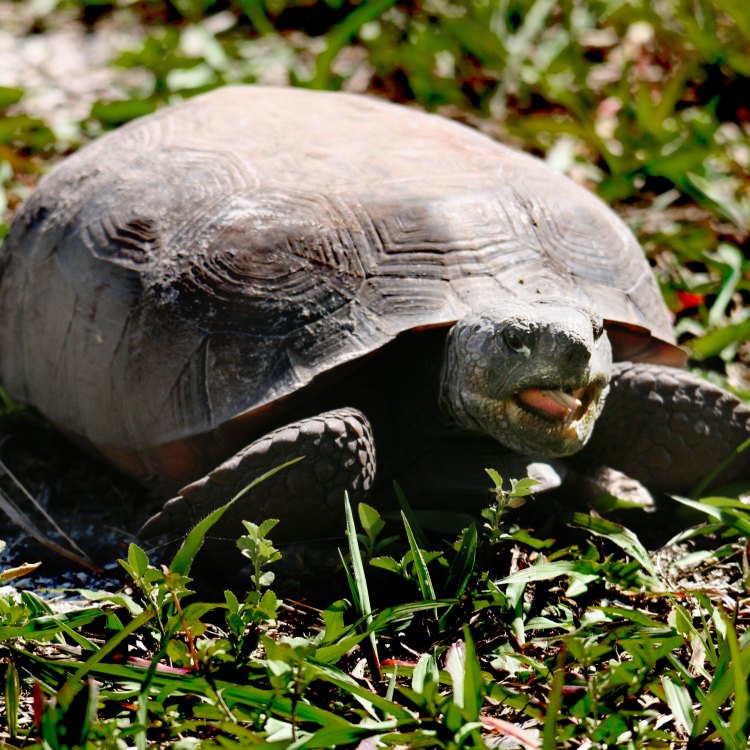
Gopher Tortoise: The Ancient Architect of the Southeastern United States
Disclaimer: The content provided is for informational purposes only. We cannot guarantee the accuracy of the information on this page 100%. All information provided here may change without prior notice.

